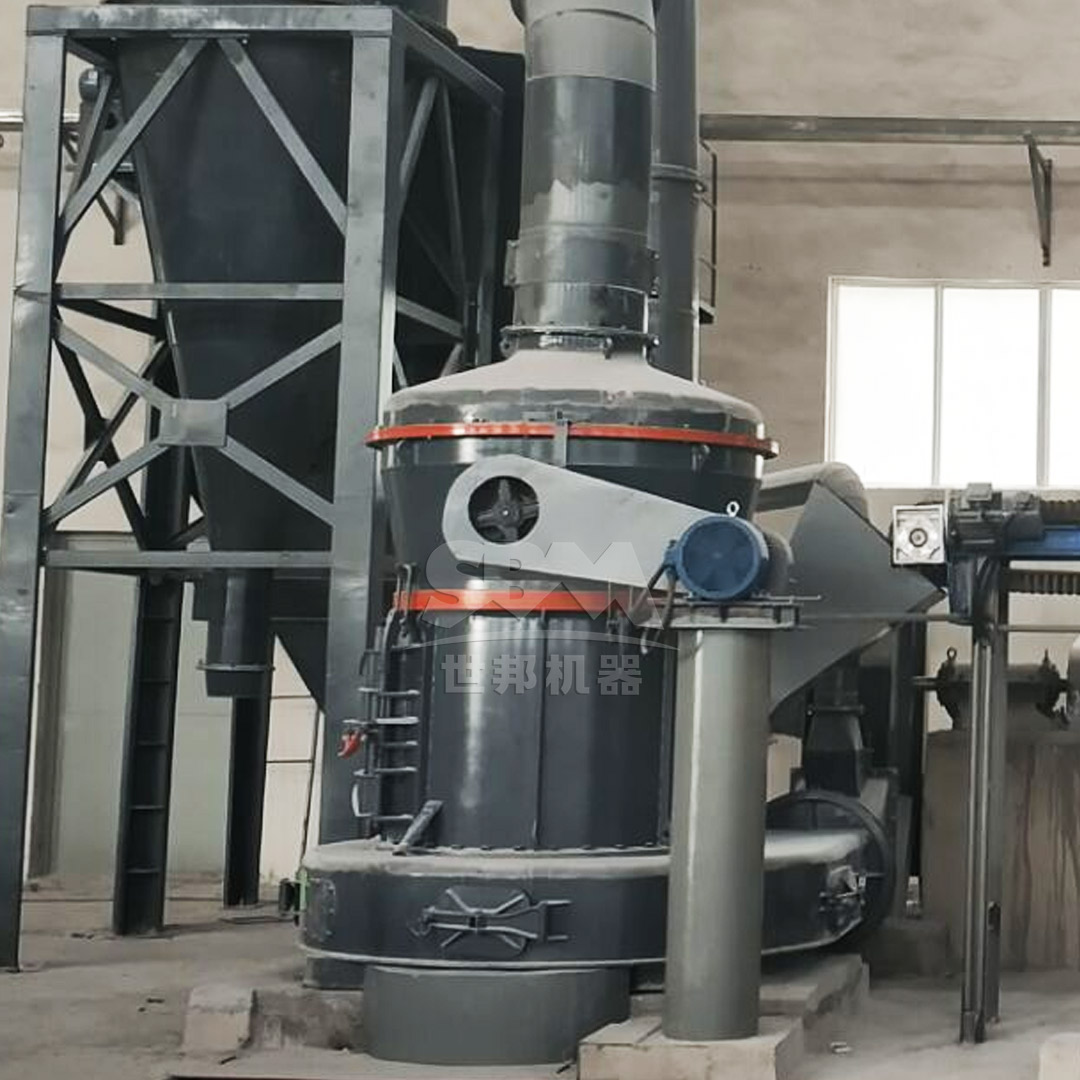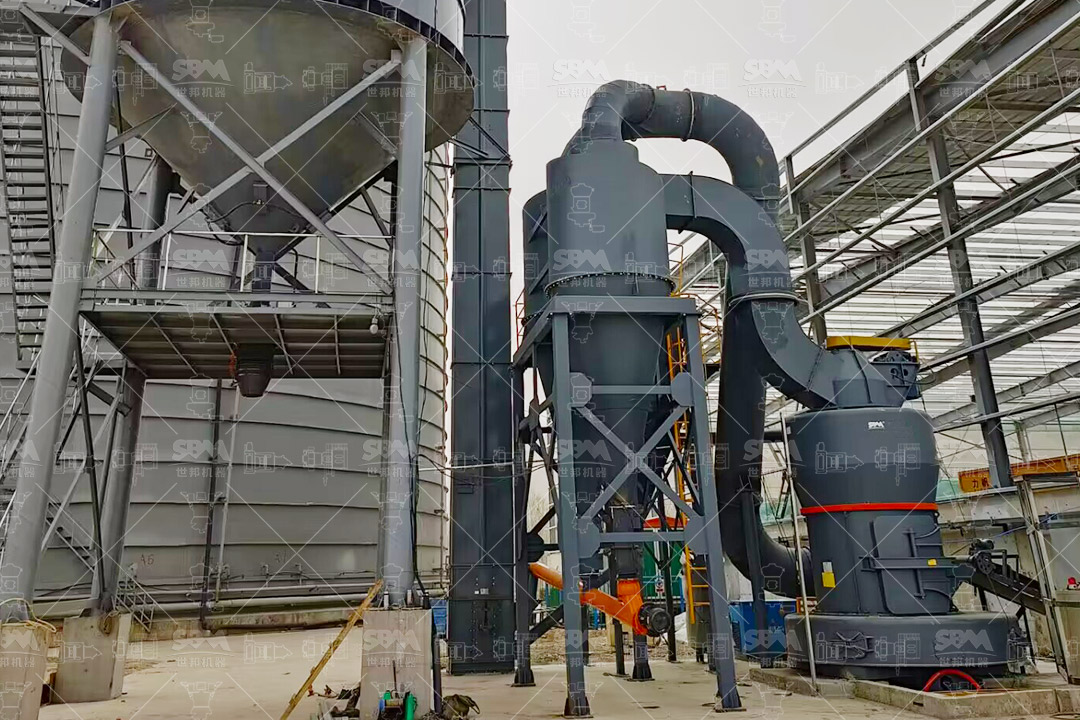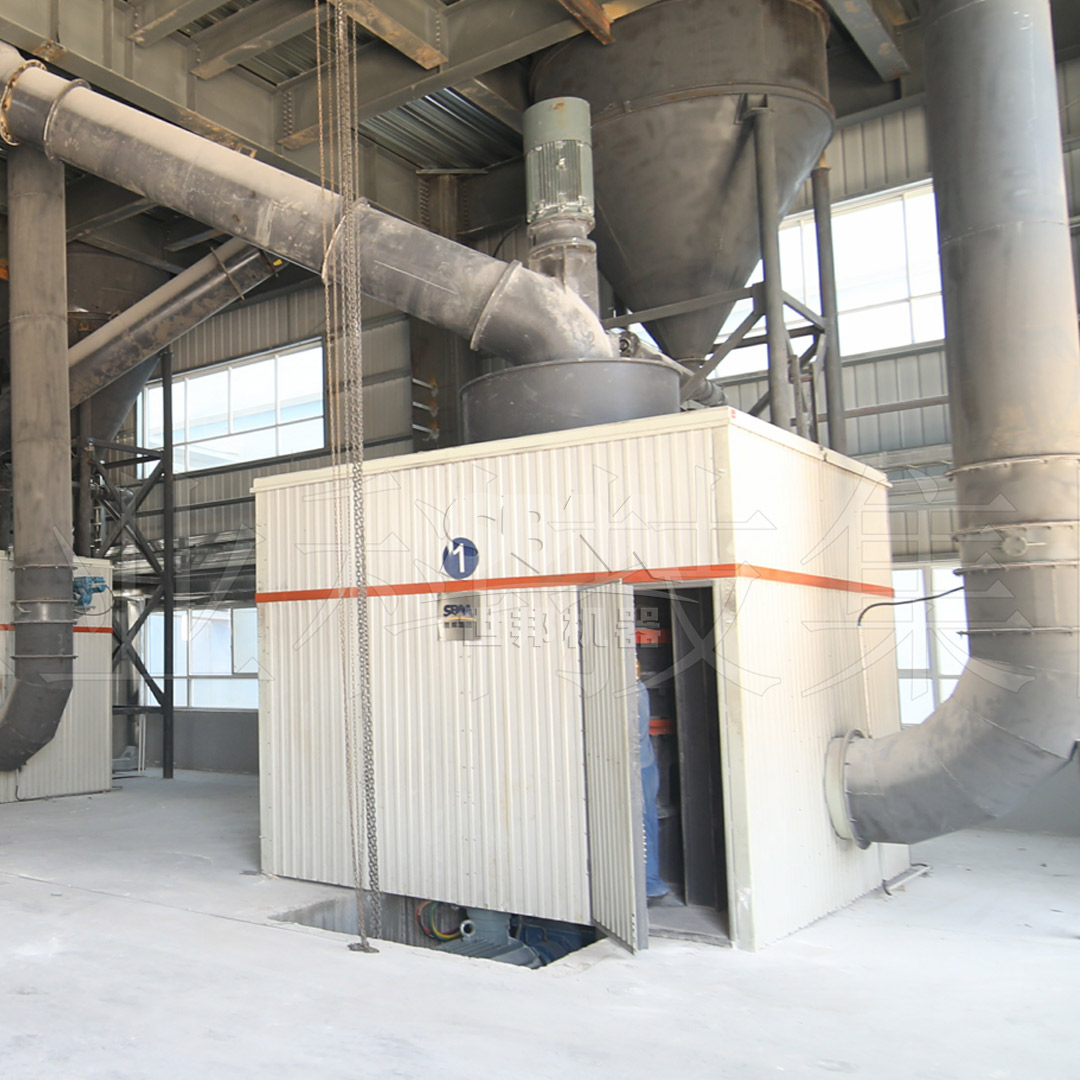August 24, 2025
Introduction
Dolomite, a calcium magnesium carbonate mineral (CaMg(CO₃)₂), is a vital raw material in numerous chemical processing industries. Its applications range from acting as a filler in plastics, paints, and rubber to serving as a flux agent in metallurgy and a source of magnesium in fertilizers and glass manufacturing. The efficacy of dolomite in these applications is critically dependent on its particle size distribution, purity, and surface properties, all of which are directly influenced by the grinding technology employed. Selecting the appropriate grinding mill is, therefore, not merely an operational choice but a strategic decision that impacts product quality, production efficiency, and overall economic viability.
The transformation of raw dolomite ore into a fine, consistent powder requires sophisticated machinery capable of delivering precise particle size control, high throughput, and operational reliability. This article delves into the importance of dolomite powder in chemical industries and explores the key grinding technologies, with a specific focus on the advanced solutions offered by our company.

The Role of Dolomite Powder in Chemical Industries
The value of dolomite powder is derived from its unique chemical and physical properties. Its double carbonate composition provides a combination of calcium and magnesium, making it a versatile and cost-effective material.
Key Applications:
- Fillers and Extenders: In plastics, polymers, paints, and coatings, finely ground dolomite improves mechanical properties, increases volume (reducing cost), enhances weather resistance, and provides whiteness.
- Fluxing Agent: In iron and steel production, dolomite powder is used as a flux to remove impurities and to form slag. It also serves to coat the linings of converters and furnaces (ladles), protecting them from excessive wear.
- Agriculture: As a soil conditioner, it neutralizes acidic soils and is a source of essential magnesium for plant growth.
- Glass and Ceramics: Dolomite is used in the manufacturing of sheet glass, bottle glass, and ceramics to improve resistance to thermal shock and chemical attack.
- Specialty Chemicals: It is a precursor for the production of magnesium compounds and magnesium metal.
The performance in each of these applications is highly sensitive to the fineness and particle size distribution of the dolomite powder. This underscores the necessity for high-performance grinding equipment.
Challenges in Dolomite Grinding
Grinding dolomite presents specific challenges that must be addressed by the milling equipment:
- Abrasive Nature: Dolomite is moderately abrasive, leading to high wear on grinding components like rollers, rings, and liners. This can result in increased maintenance downtime and contamination of the product with worn metal particles.
- Precise Fineness Requirements: Different applications demand different fineness levels. For instance, filler applications often require ultra-fine powders (e.g., 800-2500 mesh), while fluxing agents may require a coarser grind. The mill must offer adjustable and consistent control over the final product size.
- Production Capacity: Chemical industries often operate on a large scale, requiring mills with high throughput capacities to meet production targets.
- Energy Consumption: Size reduction is an energy-intensive process. Efficient mills that minimize specific energy consumption (kWh/ton) are crucial for controlling operational costs and reducing the carbon footprint.
- Product Contamination: The grinding process must be designed to prevent contamination from lubricants or worn parts, ensuring a high-purity final product.

Selecting the Right Grinding Mill Technology
Several types of mills are used in mineral processing. The choice depends on the feed size, desired product fineness, capacity, and properties of the material.
Common Mill Types:
- Ball Mills: A traditional technology suitable for coarse to fine grinding. However, they are often less energy-efficient for producing ultra-fine powders and can have higher wear rates.
- Raymond Mills (Roller Mills): Effective for grinding materials to a moderate fineness (80-400 mesh). They are a robust and well-understood technology.
- Vertical Roller Mills (VRM): Highly efficient for medium to large capacity requirements. They combine grinding, drying, and classification in a single unit, offering excellent energy efficiency and a compact footprint.
- Ultrafine Grinding Mills: Specifically engineered to produce powders in the micron and sub-micron range (e.g., 5-45μm). These mills often incorporate advanced classification systems to achieve tight particle size distributions.
For modern chemical processing plants aiming for high-value, ultra-fine dolomite powders, ultrafine grinding mills and advanced vertical roller mills represent the optimal solution.
Our Recommended Solution: SCM Ultrafine Mill
For chemical industry clients requiring the highest levels of fineness and consistency in their dolomite powder, we highly recommend our flagship SCM Series Ultrafine Mill. This mill is engineered to overcome the challenges of dolomite grinding, delivering unparalleled performance for ultra-fine powder production.
Core Parameters of SCM Ultrafine Mill:
- Input Size: ≤20mm
- Output Fineness: 325-2500 mesh (D97 ≤ 5μm)
- Processing Capacity: 0.5 – 25 ton/h (depending on model)
Technical Advantages for Dolomite Grinding:
- High Efficiency & Energy Savings: Compared to traditional jet mills, the SCM mill offers twice the capacity while reducing energy consumption by 30%. Its intelligent control system automatically adjusts operational parameters to maintain the target成品粒度 (finished product粒度), ensuring consistency.
- High-Precision Classification: The integrated vertical turbo classifier ensures precise particle size切割 (cutting), producing a uniform product with no coarse powder contamination. This is critical for high-end filler applications.
- Durable Design for Abrasive Materials: The grinding roller and ring are made from special wear-resistant materials, extending their service life multiple times over conventional components. The innovative bearing-free screw design in the grinding chamber enhances operational stability and reduces maintenance needs.
- Environmental Protection & Low Noise: The pulse dust collector exceeds international efficiency standards, ensuring a clean working environment and no product loss. The soundproof room design keeps operational noise below 75dB, complying with strict workplace regulations.
Working Principle:
The SCM Ultrafine Mill operates through a multi-stage grinding process. The main motor drives a multi-layer grinding ring to rotate. Material is fed into the mill and dispersed by centrifugal force into the grinding track. It is then compressed and crushed by the rollers, undergoing progressive grinding across the layers. The finely ground powder is carried by the airflow to the classifier for size separation. Qualified fine powder is collected by the cyclone collector and pulse dust removal system, while oversized particles are returned for further grinding.
| Model |
Processing Capacity (ton/h) |
Main Motor Power (kW) |
Feed Size (mm) |
Output Fineness (mesh) |
| SCM800 |
0.5-4.5 |
75 |
0-20 |
325-2500 |
| SCM900 |
0.8-6.5 |
90 |
0-20 |
325-2500 |
| SCM1000 |
1.0-8.5 |
132 |
0-20 |
325-2500 |
| SCM1250 |
2.5-14 |
185 |
0-20 |
325-2500 |
| SCM1680 |
5.0-25 |
315 |
0-20 |
325-2500 |

A Robust Alternative: MTW Series Trapezium Mill
For applications where the required fineness is in the range of 30-325 mesh and production capacity needs are very high, our MTW Series Trapezium Mill presents an excellent, cost-effective alternative. Its robust construction and efficient design make it ideal for large-scale production of dolomite powder for applications like fluxing agents and soil conditioners.
Core Parameters of MTW Series Trapezium Mill:
- Input Size: ≤50mm
- Output Fineness: 30-325 mesh (can reach 0.038mm)
- Processing Capacity: 3 – 45 ton/h (depending on model)
Key Features:
- Anti-Wear Shovel Design: Combined shovel blades reduce maintenance costs, and their curved design extends the life of the grinding rollers.
- Arc Air Channel: Optimized to reduce airflow resistance and energy loss, improving transmission efficiency. High-strength guard plates protect the channel’s working surface.
- Integral Gear Drive: Utilizes bevel gears for a high transmission efficiency of 98%, saving space and reducing installation costs.
- Durable Structure: The wear-resistant volute structure features a non-blocking design that enhances air selection efficiency and reduces maintenance costs by 30%.
Conclusion
The production of high-quality dolomite powder is a cornerstone for many chemical processes. The selection of grinding equipment is paramount to achieving the desired product characteristics, optimizing production efficiency, and maintaining cost-effectiveness. While several milling technologies are available, advanced solutions like ultrafine mills and trapezium mills offer the best combination of precision, capacity, durability, and energy efficiency.
Our company’s SCM Ultrafine Mill stands out as the premier choice for producing ultra-fine, high-purity dolomite powders for demanding applications in plastics, paints, and specialty chemicals. For larger-scale production of slightly coarser powders, the MTW Series Trapezium Mill provides a robust and reliable solution. By investing in the right grinding technology, chemical processing industries can significantly enhance their product quality and operational competitiveness.
We encourage potential clients to consult with our technical team to determine the optimal mill configuration for their specific dolomite grinding requirements.


